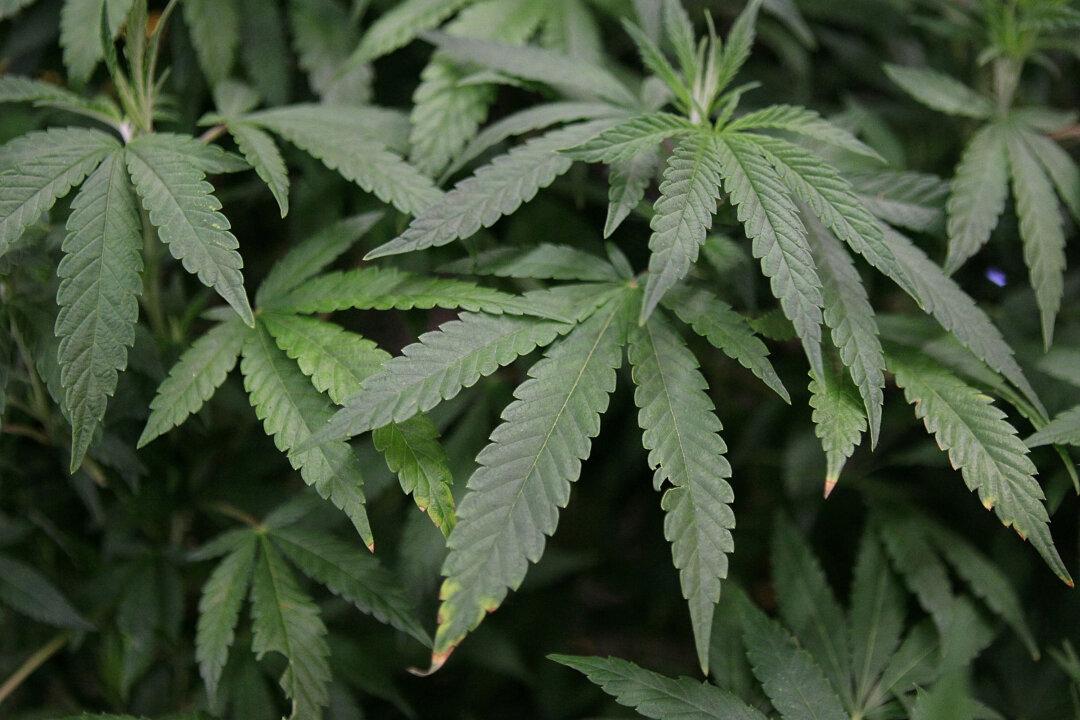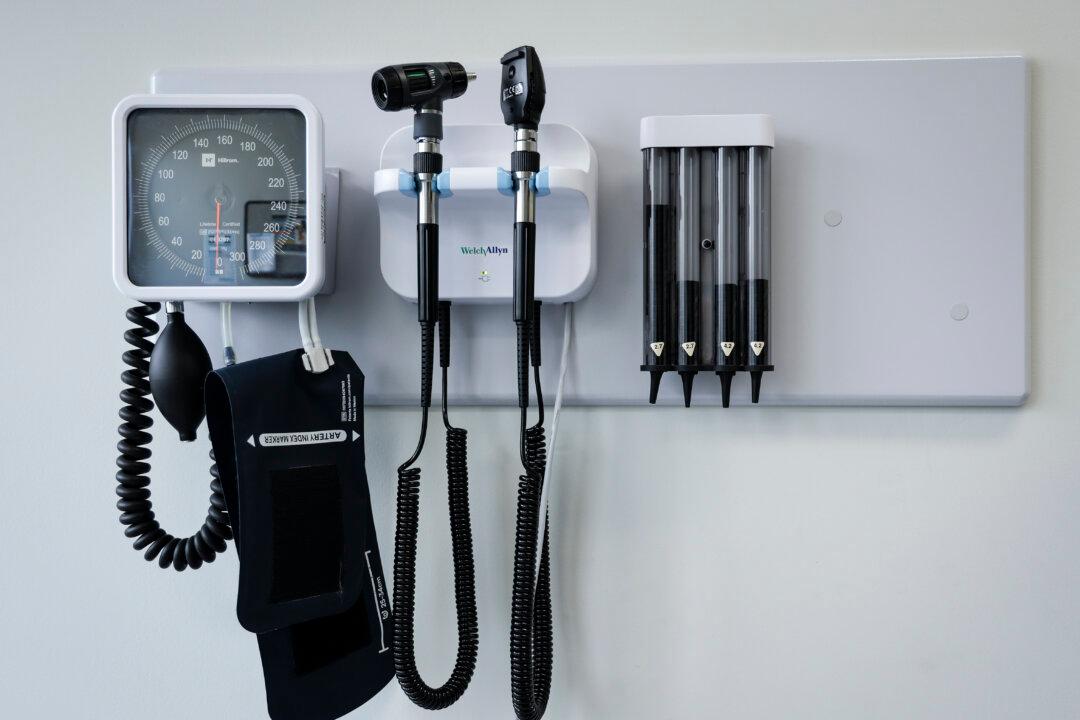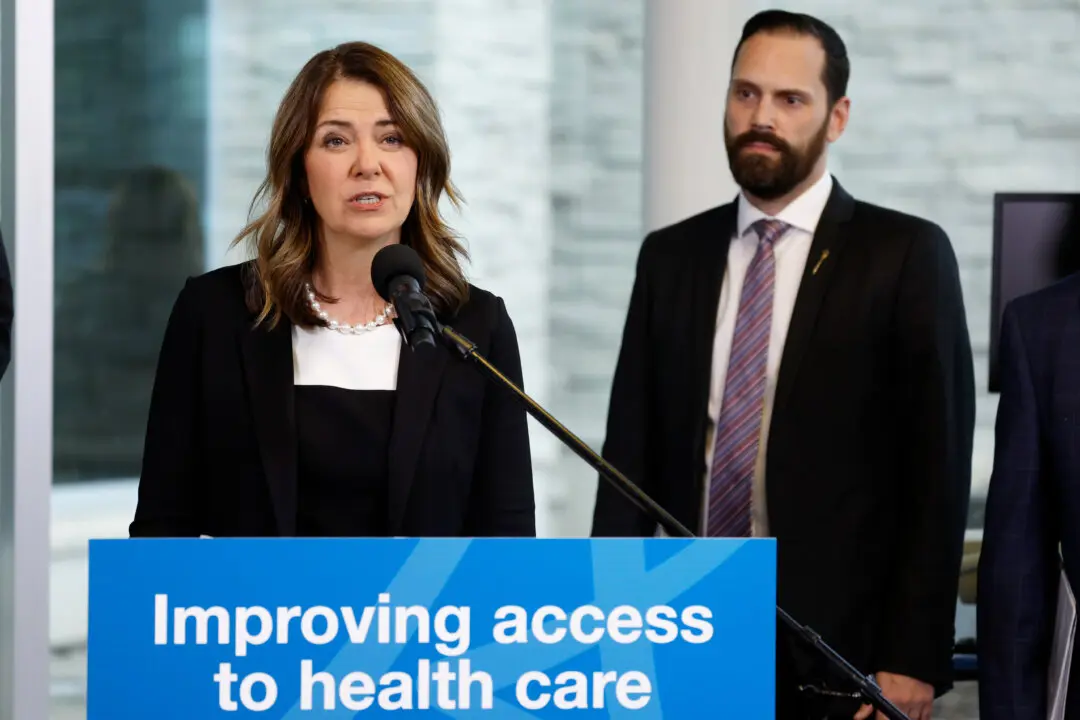An article in the Canadian Medical Association Journal (CMAJ) notes that five years after cannabis was made legal, it has failed to achieve the stated goals of the legalization policy and has resulted in more children turning up in emergency rooms.
The article, titled “Outcomes associated with nonmedical cannabis legalization policy in Canada: taking stock at the 5-year mark” and published on Oct. 10, identified the goals of legalizing marijuana for personal consumption as being to improve the health and safety of those using the drug, reduce the ability of youth to access the drug, and reduce cannabis-related crime and illegal markets.





